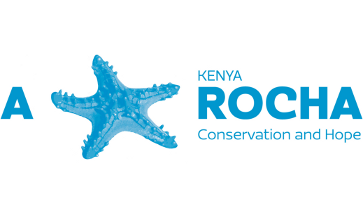The 20 years milestone.
Introduction.
The story of ASSETS is a beautiful story that we ought to always tell. Today we sit back and reflect on how far we have come and how much we have accomplished. It has been 20 years since the idea of ASSETS was first born. Over the years we have witnessed great transformations and growth. We have seen the programme grow and take root. We stayed by its side when it was struggling, and celebrated with it during the good times. And in all of it, you have been there, as a faithful partner and friend. It doesn’t matter how long ago you have known about or started supporting ASSETS; you are the program and it is part of you. Here is an overview of the ASSETS journey.
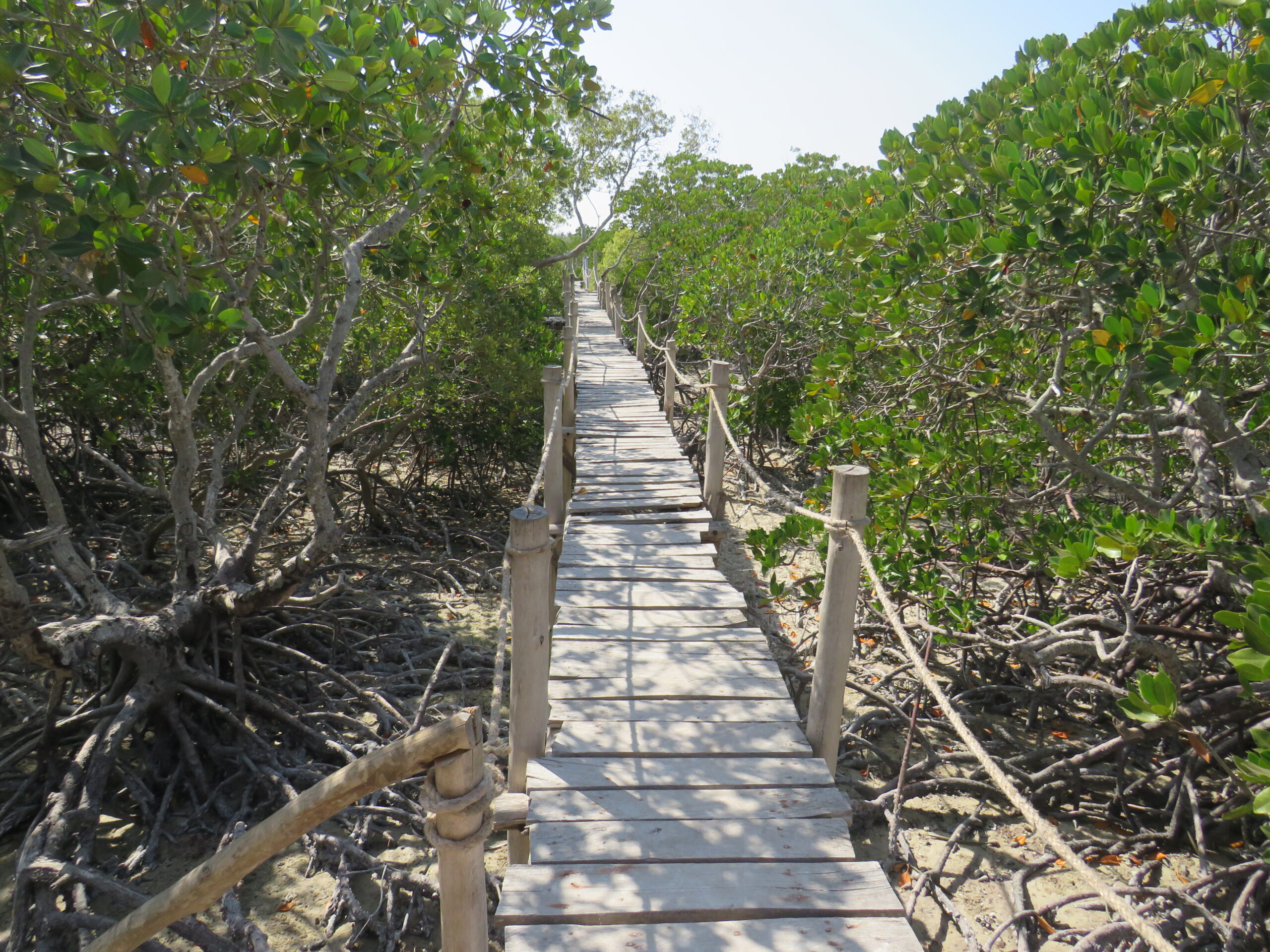
The Mida Board Walk, all the proceedings from it are placed in the bursaries kit.
Bursary provision.
Being a conservation organisation, one of the things we were keen on was the conservation of the Arabuko-Sokoke Forest and the Mida-Creek. Excessive exploitation of the forest resources by the community caused too much damage and destruction in the forest. Since the forests are one of their primary sources of livelihood, we couldn’t just ask them to stop while staying oblivious to their needs. That is why the scheme was set up. To find a way through which the community can still benefit from the forest without having to destroy it in the process. The part of their lives we chose to base on primarily was the educational need (due to limited funds, we couldn’t tackle every aspect).
Education is primary since it has both short term and long-term benefits. Through it, the students are educated and therefore see the need for conservation; an added bonus is that after school they can work and be an alternative source of income for the family. In addition, we take a great burden from the shoulders of the parents. Now that they have one less thing to worry about, they don’t depend on the forest as much. We started with 51 students back in 2002 and to this date, a total of 735 students have gone through the program. With majority of them sponsored for the whole 4 years. Our target is to reach out and support even more students. The more we support, the more we conserve.
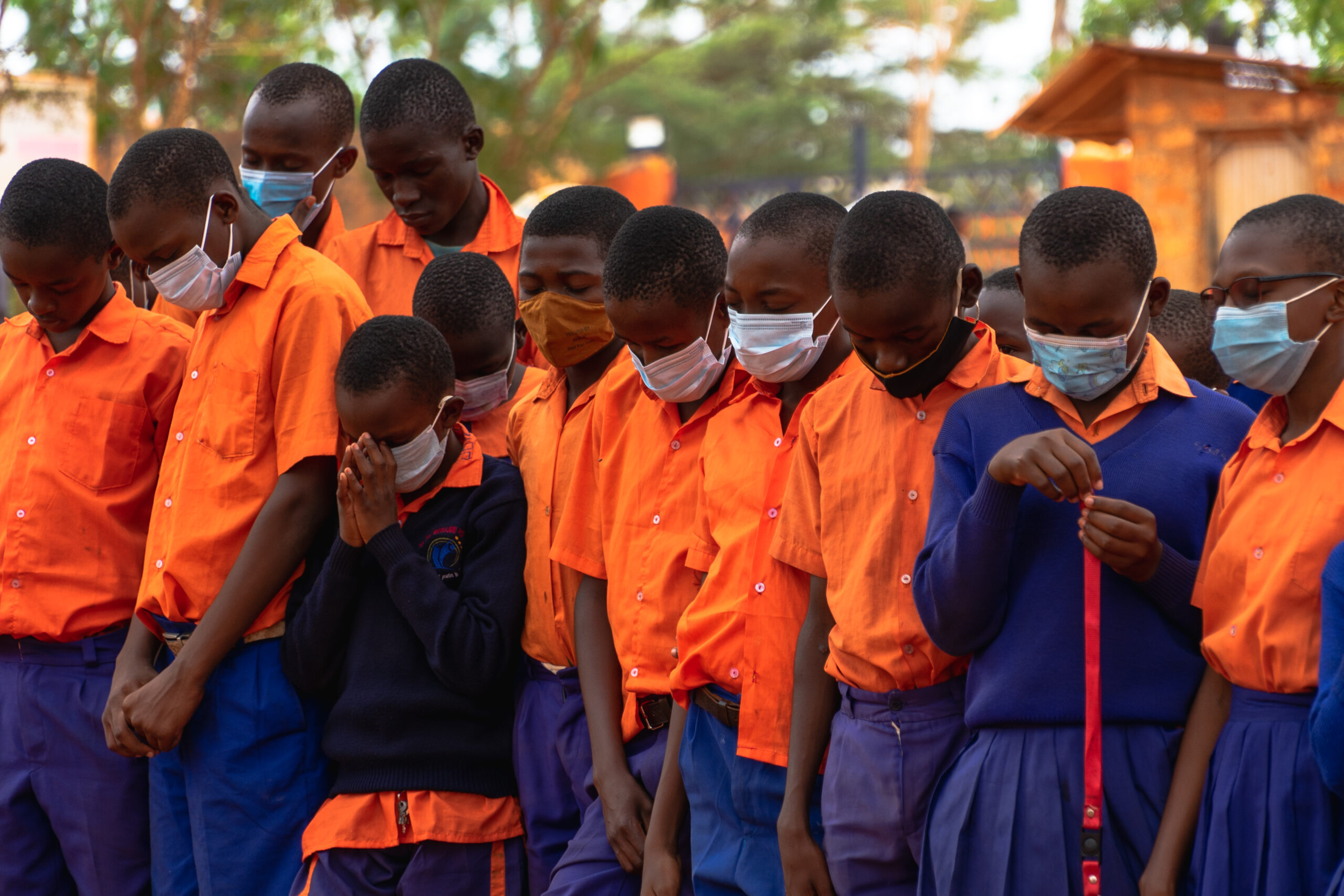
During one of the school visits. Prayer is important
Conservation goal.
As we mentioned earlier, one of the key things we focus on as an organisation is conservation. Even as we help to educate kids neighbouring the ARF and the Mida-Creek, conserving the forests is one of the top two missions. Through assets, we have got the opportunity to partner with the community on this. We get a chance to teach them the importance of forests. ASSETS has given us the platform to share our conservation vision with the community, the very people on the ground. So that when we go out to work, it doesn’t feel like it is strangers working among them.
Out of gratitude, the parents of the beneficiaries have become big advocates of conservation. They even went ahead to form a group, Muvera wa Assets, which basically means “thank you ASSETS”. The members of this group champion most of the conservation strategies on the ground. They attend training, help in tree plantings, are open for alternative sources of livelihoods, and educate the rest of the community about conservation. The parents no longer destroy the forest, don’t stay indifferent when they see it happen and aim to conserve it. Muvera wa Assets has 150 active members, with a membership total of over 500. We have also managed to support close to 600 families over the years.
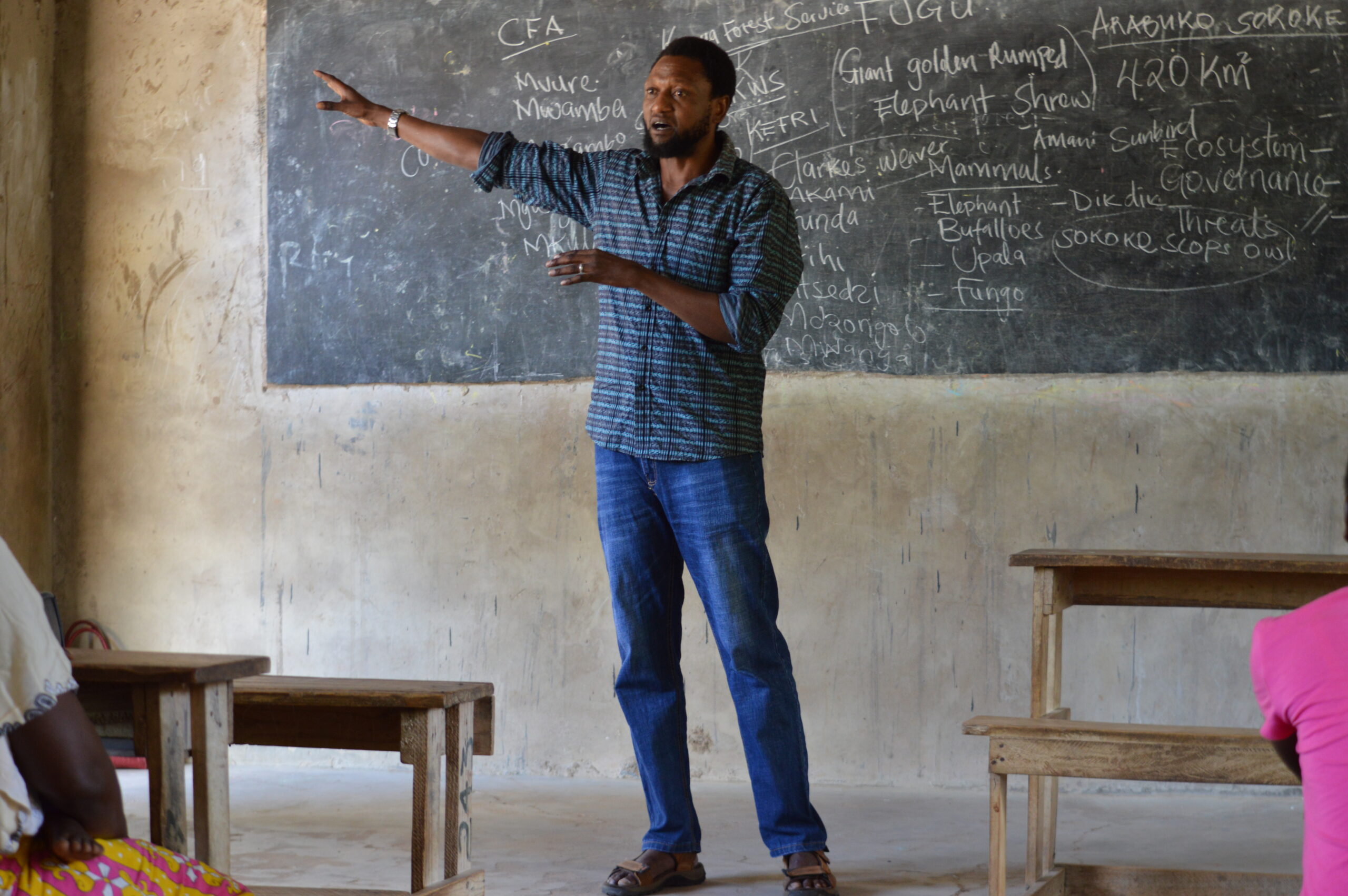
Stanley Baya, our Community conservation manager, leading a session during one of the community trainings.
Race to plant as many trees as possible.
Tree planting is one of the key elements of the ASSETS program. We educate both the parents and the students about the importance of trees. As an organisation, we have set up a Centre specifically designed for tree nurseries. Seedlings are raised in these nurseries by our staff and later planted in the forests, schools, social Centres, and people’s homesteads. Other nurseries are prepared in schools. We aim for indigenous and exotic species. Most of the indigenous species are planted in the forests to preserve the ecosystem while the exotic ones are planted in schools and homesteads. Since the exotic species grow fairly fast, they provide alternate sources of firewood and income for families and schools. In the last five years, we have managed to plant close to 50,000 trees in schools and community spaces, including homesteads. We would like to thank KCDF as they have been at the forefront in helping us achieve this. To read a more detailed report about this please visit here.
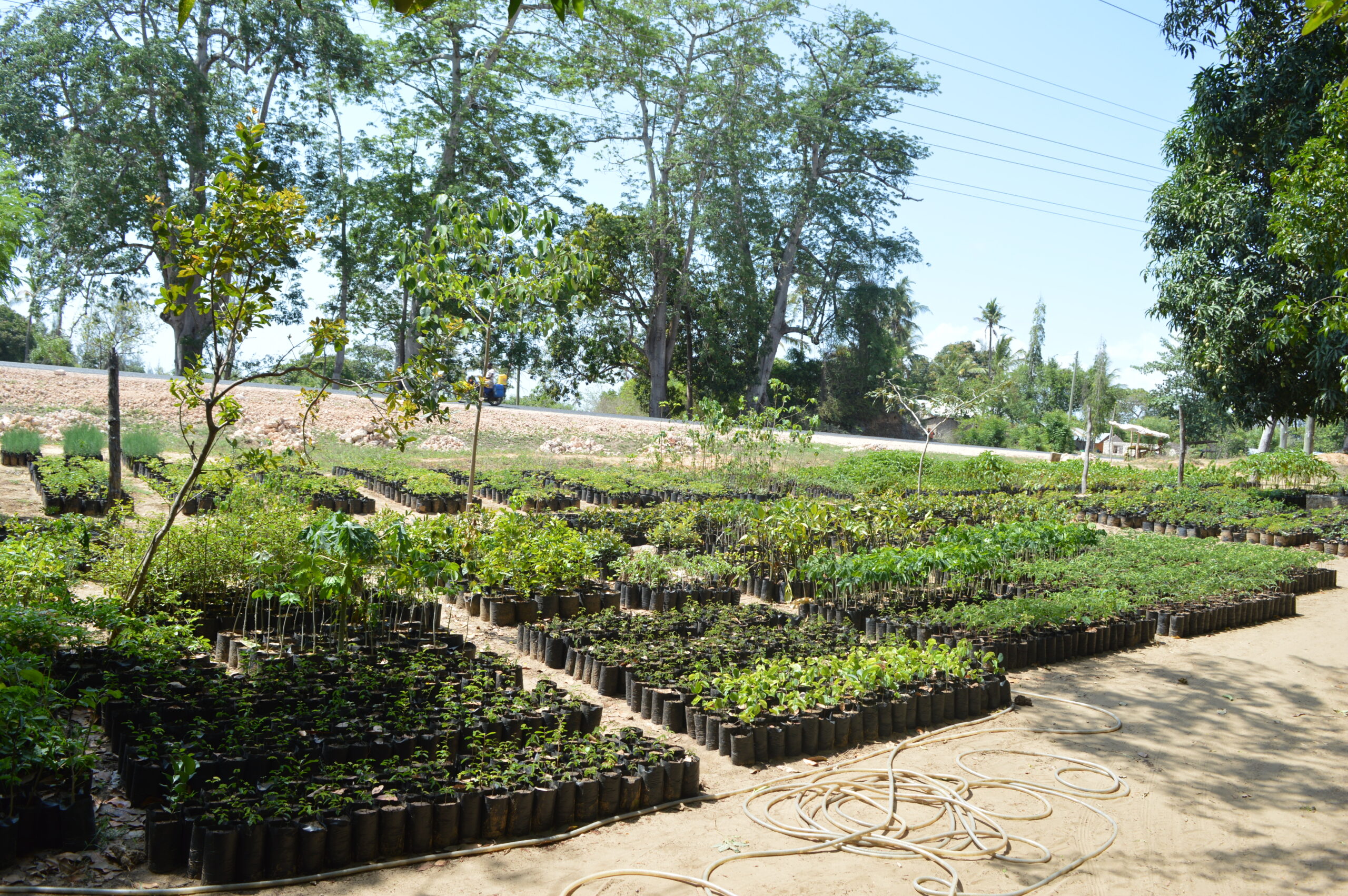
The Kuvuka tree nursery.
Alternative source of livelihood.
The ASSETS program also aims to help the community find alternative sources of livelihoods. This has been majorly achieved through the environmental education sessions. This opens their minds to readily available but less destructive means of living. We have also gone to practical extents and provided (or helped them access) equipment like solar lamps, fireless cookers et cetera. The planting of trees provides another source of firewood for the families. Once they have their own trees, they don’t need to go to the forest to get firewood or cut down trees for timber. We help them set up kitchen gardens that are easy to maintain and affordable. Once they can grow their own vegetables, they don’t need to rush to the forests and hunt wild animals. With proper education and an alternative way out, conservation is possible. To get more about this, please read our earlier blog here.
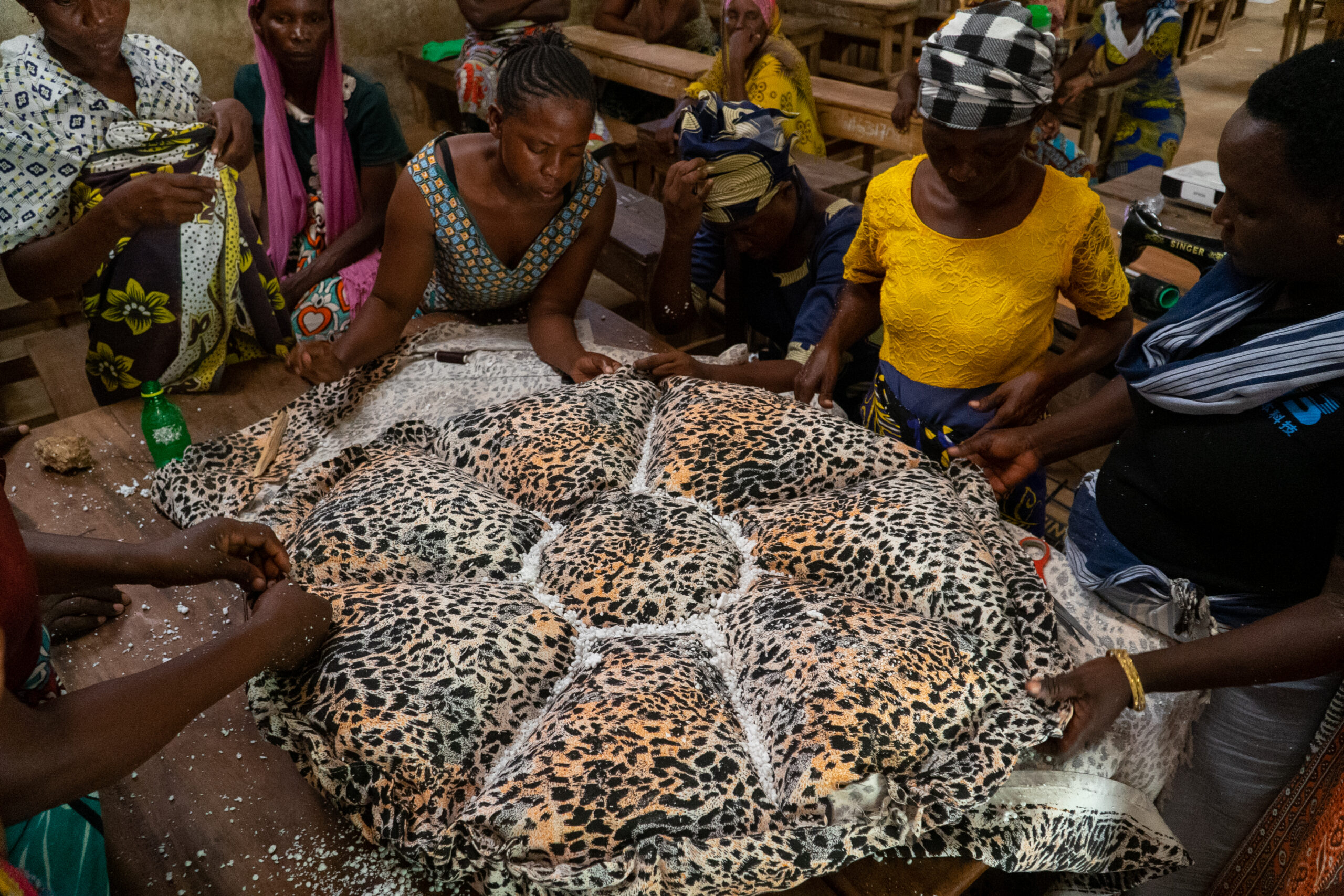
Teaching the community how to make a fireless cooker.
All hands-on deck.
Telling someone ‘Don’t do this’, or ‘do this instead of that’ might be good, but if you miss out on the ‘Why’, it is hard to convince them. That is what we aim to achieve during the ASSETS camps, de-snaring activities and market clean-ups. The ASSETS camps are organised when kids come back for their holidays. At this time, we set aside a week of training for them and their parents. Here, we teach them the importance of conservation, the damage that has been done, and where we are heading if nothing is done.
We also give them a first-hand feel of the destruction through the de-snaring activities that are organised close to six times a year. We also organise market clean-ups during weekends. During this, we get students to join us for cleaning sessions and later have a brief awareness creating session with them. We mostly handle the effects of plastics on the environment, how to minimise plastic usage and how to dispose them. Here is a report on one of these de-snaring activities.
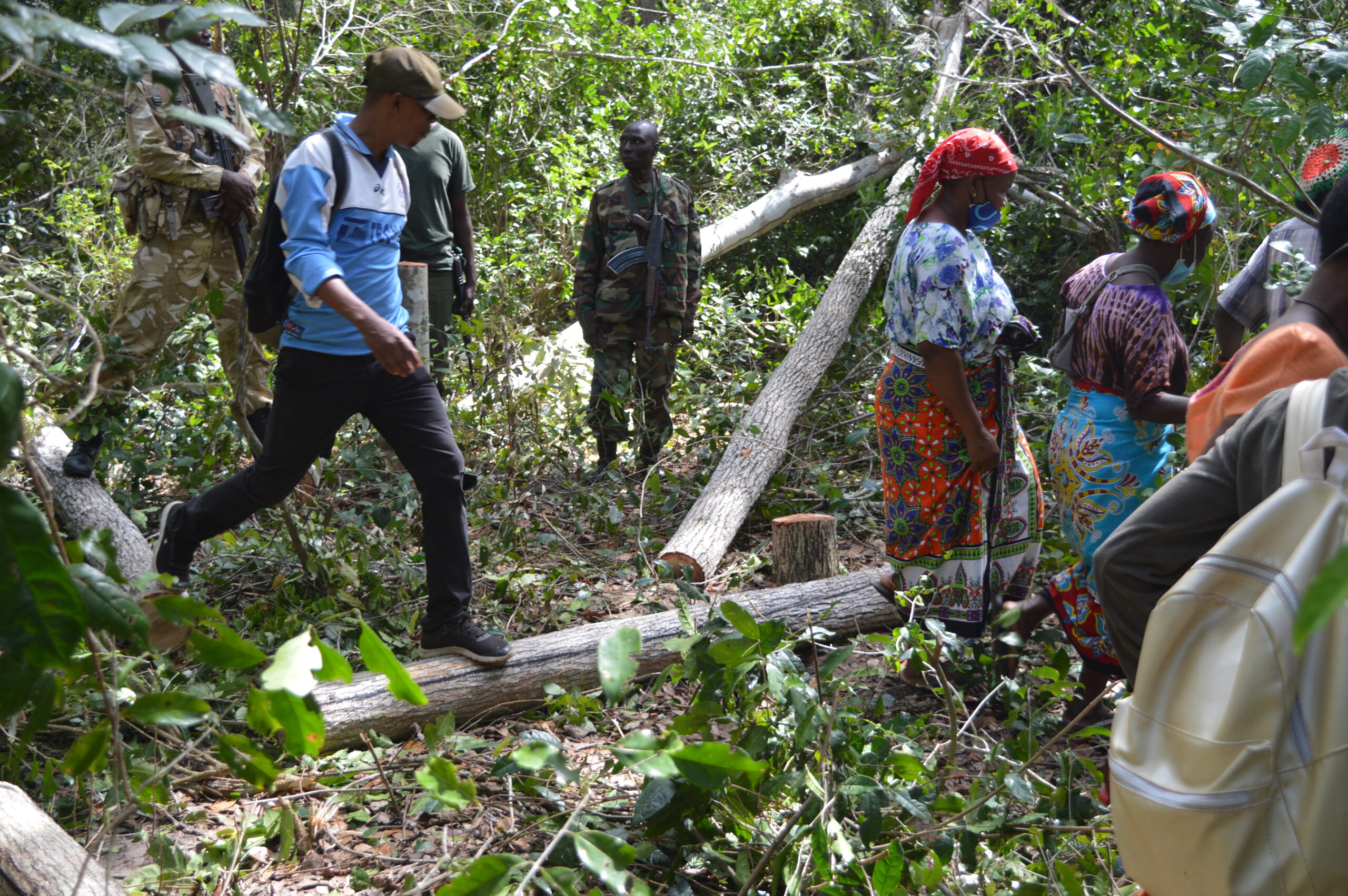
Destruction in the Arabuko-Sokoke Forest. Pictures were taken during one of the de-snaring activities.
It works!
We have tested it and we have proved that ASSETS works. We have great testimonies from students whose lives have been completely transformed by ASSETS. This program gave them a future and a reason to conserve. After school many of them continue to pioneer conservation goals wherever they go. We have stories of parents and families that still carry the mantle of conservation, years after their kids left the program. We have a forest to go to today, and Assets has played a role in that. Imagine how many animals and plant species are being saved with every year of this program.
If with only 50 students per year we were able to achieve this, imagine what we could achieve with 150 students per year! And you can make that happen. The monthly cost per student is as low as 65 dollars, and it covers all the things we have mentioned above. Not just education, but all of them and more. We can do great things by ourselves, but we achieve much more greatness by just being part of something greater. ASSETS is something greater. You becoming a partner and being part of this is just a click away.
